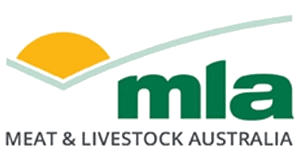GB Pig Prices Edge Up in Q2 2025 Amid Strong Demand and Export Growth
GB Pig Prices Edge Up in Q2 2025 Amid Strong Demand and Export Growth
July 15, 2025 | Meatex News Desk
Pig prices in Great Britain continued their modest upward trend through the second quarter of 2025, supported by resilient domestic demand, strong export performance, and recovering EU market prices, according to the latest update from AHDB
Price Trends
Between the week ending 5 April and 5 July, the GB EU-spec Standard Pig Price (SPP) rose by 2.79p/kg, averaging 207.55p/kg. This marks a steady recovery from weaker levels earlier in the year.
Market Drivers
- Retail demand: Domestic sales remained robust, with Kantar data showing a 0.8% year-on-year increase in retail pig meat volumes for the 12 weeks to 15 June. Growth was driven by added-value products and seasonal boosts around Easter.
- Consumer behaviour: Shoppers have been switching from beef to pig meat, likely due to price sensitivity, although some volume has shifted to poultry.
- EU influence: EU pig prices rebounded in Q2, narrowing the gap with UK prices. The EU grade E reference price reached 180.62p/kg by early July, still 27p below the UK level. Germany’s reinstated FMD-free status and strong barbecue-season demand contributed to the rebound.
Trade Performance
- UK exports: Pig meat exports rose 10% month-on-month and 20% year-on-year in May, reaching nearly 27,000 tonnes, with China being the primary growth driver.
- UK imports: Imports also increased, up 9% from April and 3% year-on-year, totalling 66,600 tonnes. Recovering German volumes contributed to the rise.
Despite the increase in imports, the proportion of British pork on retail shelves remained stable, helping to support domestic market strength.
Original reporting by AHDB


